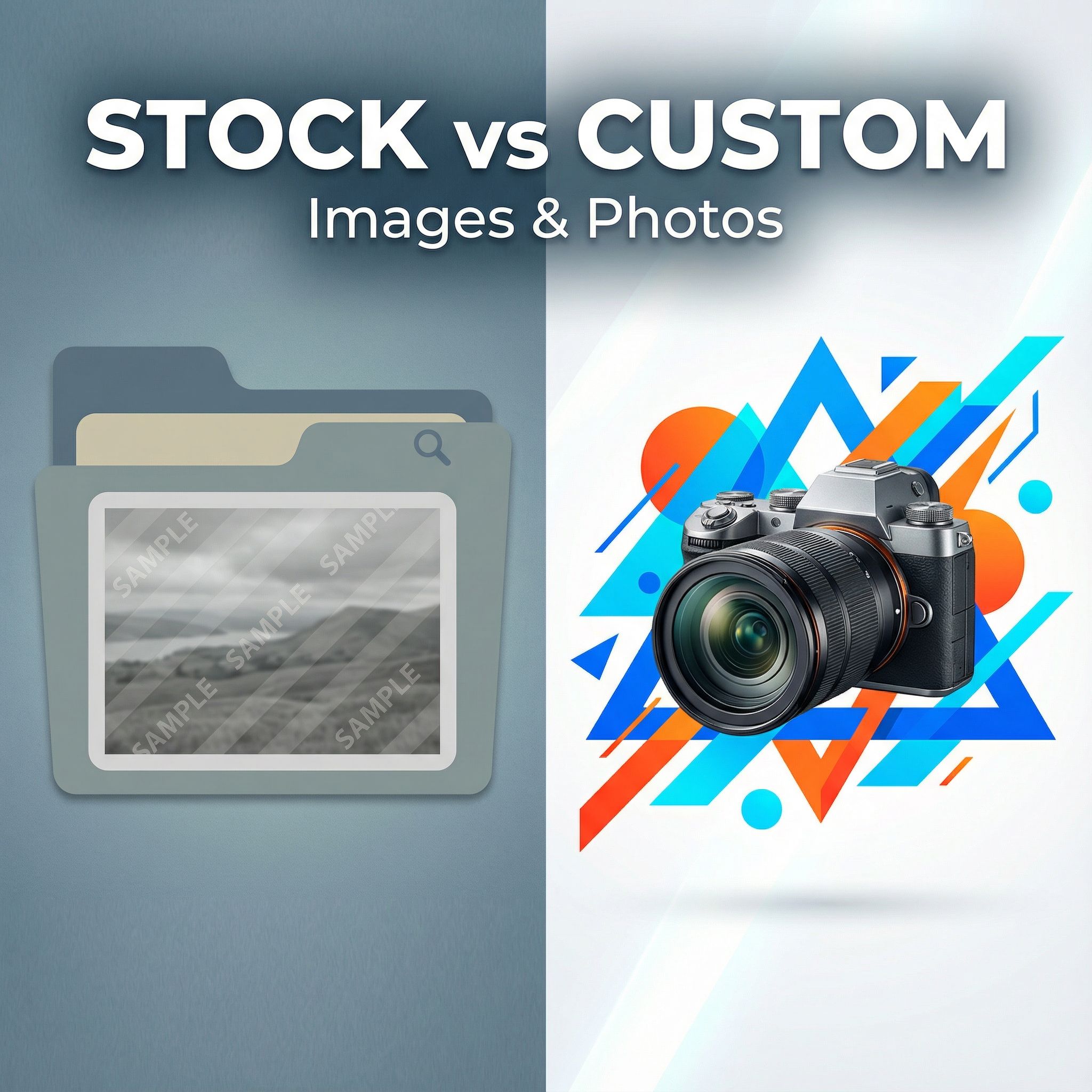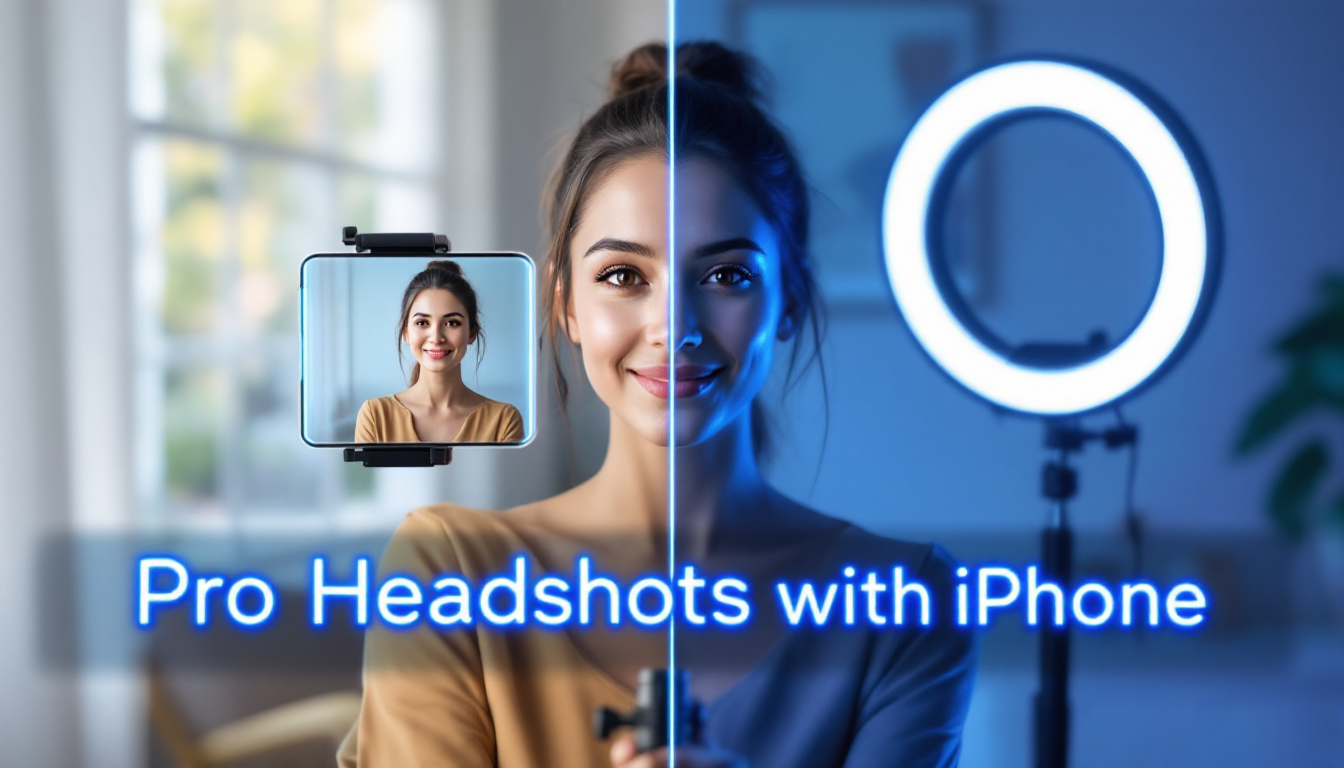Shopify Image Size: Complete Guide to Optimal Photo Dimensions for 2024
Understanding proper shopify image size requirements is crucial for creating a professional, fast-loading online store that converts viewers into customers. With over 4.4 million active Shopify stores worldwide, knowing the correct shopify image size specifications can make the difference between a store that performs exceptionally well and one that struggles with slow loading times and poor user experience.
The importance of shopify image size optimization extends far beyond simple aesthetics. Properly sized images improve site speed, enhance SEO rankings, reduce bandwidth usage, and create a seamless shopping experience that encourages customers to complete their purchases. This comprehensive guide will cover every aspect of shopify image size requirements for 2024.
Why Shopify Image Size Matters for Your Store's Success
When it comes to e-commerce success, shopify image size plays a critical role in multiple aspects of your store's performance. Search engines like Google consider page loading speed as a ranking factor, and oversized images are one of the primary culprits of slow website performance.
Properly optimized shopify image size dimensions ensure that your product images load quickly across all devices, from desktop computers to mobile phones. This is particularly important since mobile commerce continues to grow, with mobile devices accounting for over 54% of all e-commerce traffic.
The Impact of Image Size on User Experience
Studies show that 53% of mobile users abandon a website if it takes longer than 3 seconds to load. When your shopify image size is too large, it directly impacts loading times, causing potential customers to leave before they even see your products.
Conversely, images that are too small or have poor resolution can make your products appear unprofessional, reducing trust and purchase likelihood. The key is finding the optimal shopify image size balance that maintains quality while ensuring fast loading speeds across all devices.
Official Shopify Image Size Requirements for 2024
Product Images
For product photography, Shopify recommends a shopify image size of 2048 x 2048 pixels at 72 DPI. This shopify image size provides excellent quality for zoom functionality while maintaining reasonable file sizes for web optimization.
The recommended shopify image size specifications for product images include:
- Dimensions: 2048 x 2048 pixels (square format)
- File format: JPEG, PNG, or WebP
- Maximum file size: 20 MB per image
- Aspect ratio: 1:1 (square) is preferred
- Resolution: 72 DPI for web display
Collection Images
For collection banner images, the optimal shopify image size is 1200 x 300 pixels with a 4:1 aspect ratio. This shopify image size ensures your collection headers look professional and load quickly across all devices.
Blog Post Featured Images
Blog images should follow a shopify image size of 1200 x 630 pixels with a 1.91:1 aspect ratio. This dimension works well for social media sharing and provides excellent display quality on your blog pages.
Optimizing Shopify Image Size for Different Sections
Homepage Hero Images
Your homepage hero image should use a shopify image size of 1920 x 1080 pixels (16:9 aspect ratio) to ensure it displays properly on various screen sizes. Many themes automatically crop or resize hero images, so it's important to test how your chosen shopify image size appears across different devices.
Key considerations for hero image shopify image size:
- Keep file sizes under 1 MB when possible
- Consider using WebP format for better compression
- Test on mobile devices to ensure important content isn't cropped
- Use high-quality images that reflect your brand identity
Logo Images
Logo shopify image size requirements vary depending on placement, but generally should be:
- Header logo: 250 x 100 pixels maximum
- Footer logo: 200 x 80 pixels maximum
- Favicon: 32 x 32 pixels (ICO format)
Keep logo file sizes small (under 50 KB) to ensure fast loading times while maintaining crisp quality across all devices.
Step-by-Step Guide to Optimize Your Shopify Image Size
Step 1: Audit Your Current Images
Start by reviewing your current product images and identifying which ones don't meet the recommended shopify image size standards. Use tools like Google PageSpeed Insights to identify images that are slowing down your site.
Step 2: Resize Images to Proper Dimensions
Use image editing software or online tools to resize your images to the correct shopify image size specifications. Popular tools include:
- Adobe Photoshop or Lightroom
- Canva (free online tool)
- GIMP (free desktop software)
- TinyPNG for compression
- AI-powered tools for professional results
Step 3: Optimize File Quality and Compression
After achieving the correct shopify image size, focus on file compression. Aim for the smallest file size possible while maintaining visual quality. JPEG format typically works best for photographs, while PNG is better for graphics with transparency.
Step 4: Implement WebP Format
WebP images can be up to 35% smaller than JPEG while maintaining the same quality. Many modern browsers support WebP, making it an excellent choice for optimizing shopify image size without sacrificing quality.
Step 5: Test Across Multiple Devices
After uploading your optimized images, test your store across different devices and screen sizes to ensure your shopify image size choices work well everywhere.
Common Shopify Image Size Mistakes to Avoid
Uploading Oversized Images
One of the most common mistakes is uploading images that are much larger than the recommended shopify image size. While Shopify will automatically resize images for display, the original large file still needs to be downloaded, slowing your site.
Using Inconsistent Aspect Ratios
Mixing different aspect ratios can create an unprofessional appearance. Stick to consistent shopify image size ratios throughout your product catalog for a cohesive look.
Ignoring Mobile Optimization
Many store owners focus only on desktop appearance when optimizing shopify image size. Always test how your images appear on mobile devices, as this represents the majority of traffic for most stores.
Neglecting Alt Text and SEO
While not directly related to shopify image size, many store owners forget to add descriptive alt text to their images. This is crucial for both accessibility and SEO performance.
Advanced Shopify Image Size Optimization Techniques
Responsive Image Implementation
Modern Shopify themes use responsive images that automatically serve different shopify image size variants based on device type and screen resolution. Understanding how this works can help you optimize your images more effectively.
Lazy Loading Configuration
Lazy loading delays the loading of images until they're actually needed, improving initial page load times. Most modern Shopify themes support lazy loading, but you should verify it's working correctly with your chosen shopify image size specifications.
CDN Optimization
Shopify's Content Delivery Network (CDN) automatically serves your images from global servers for faster loading. Understanding how the CDN works with your shopify image size choices can help you make better optimization decisions.
Tools and Apps for Shopify Image Size Optimization
Built-in Shopify Features
Shopify provides several built-in features to help with image optimization:
- Automatic image resizing and cropping
- WebP format support
- CDN delivery for faster loading
- Image compression algorithms
Third-Party Apps
Several Shopify apps can help automate shopify image size optimization:
- TinyIMG: Automatic image compression and SEO optimization
- Booster: Image optimization and speed improvement
- SearchPie: SEO and speed optimization including image compression
- Avada: Speed optimization suite with image compression
Professional Product Photography and Image Creation
While optimizing shopify image size is crucial, having high-quality source images is equally important. Professional product photography that meets shopify image size requirements from the start can save time and ensure better results.
Consider working with AI-powered photography solutions that can create multiple variations of your product images at the correct shopify image size specifications. This approach ensures consistency across your catalog while meeting all technical requirements.
Professional background removal and product photography services can also help create images that are optimized for your specific shopify image size needs while maintaining the highest quality standards.
Measuring the Impact of Shopify Image Size Optimization
Key Performance Metrics
Monitor these metrics to assess the impact of your shopify image size optimization efforts:
- Page Load Speed: Use Google PageSpeed Insights
- Core Web Vitals: Monitor LCP, FID, and CLS scores
- Bounce Rate: Track visitor retention
- Conversion Rate: Measure purchase completion
- Mobile Performance: Monitor mobile-specific metrics
Testing Tools
Use these tools to test your shopify image size optimization results:
- Google PageSpeed Insights
- GTmetrix
- WebPageTest
- Shopify's built-in Online Store Speed report
Future-Proofing Your Shopify Image Size Strategy
As technology continues to evolve, staying current with shopify image size best practices is essential. New image formats, improved compression algorithms, and changing device capabilities all impact optimal image strategies.
Emerging Image Formats
Keep an eye on emerging formats like AVIF, which offers even better compression than WebP while maintaining quality. As browser support improves, these formats may become advantageous for shopify image size optimization.
AI-Powered Optimization
Artificial intelligence is increasingly being used for automatic image optimization, including intelligent shopify image size selection based on device capabilities and network conditions.
Transform Your Shopify Store's Performance
Mastering shopify image size optimization is a crucial step toward creating a high-performing online store that converts visitors into customers. The technical specifications and best practices outlined in this guide provide the foundation for a professional, fast-loading e-commerce experience.
Remember that shopify image size optimization is an ongoing process. As you add new products, update your store design, or notice performance issues, revisit your image optimization strategy to ensure continued success.
The investment in proper shopify image size optimization pays dividends in improved user experience, higher search engine rankings, and increased conversion rates. By following these guidelines and staying current with best practices, you'll create a store that performs exceptionally well across all devices and user scenarios.
Ready to optimize your product images and create a professional Shopify store that converts? Discover how ProductAI can help you create perfectly sized, professional product images that meet all shopify image size requirements while maintaining the highest quality standards for your e-commerce success.





